Mike Yardley reviews the Lincoln Jubilee Prestige in 30” 20-bore shotgun
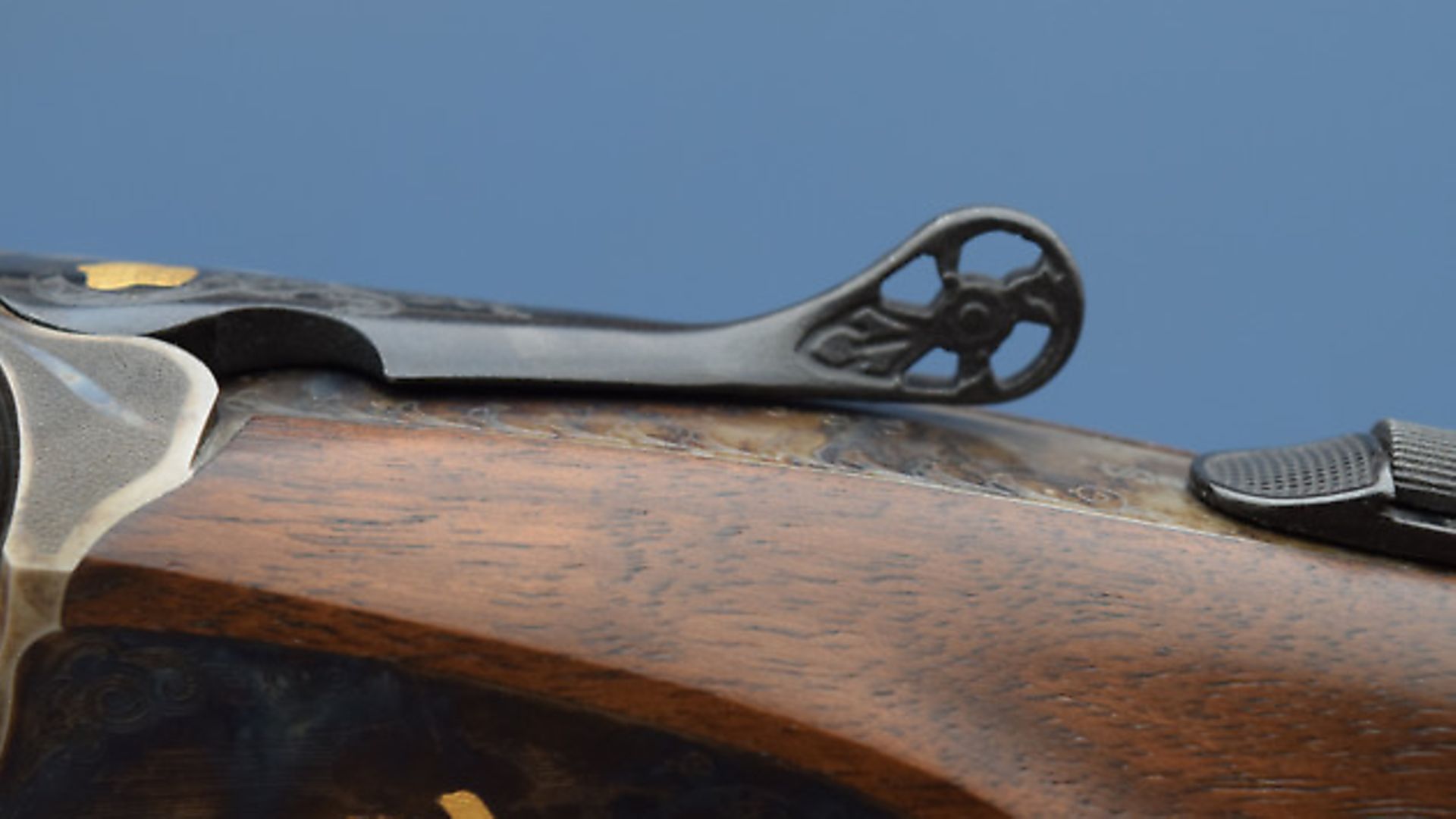 credit: Archant
credit: Archant
Technical specification
n Make: Lincoln (manufactured by FAIR)
n Model: Prestige
n Bore: 20 (12, 16, 28 and .410 options available)
n Barrels: 30” (28 and 32” available)
n Chokes: multi (five supplied)
n Rib: ventilated 6mm
n Weight: 6 1/2 pounds approx
n RRP: £1,898 (other Lincoln 20s from about £750)
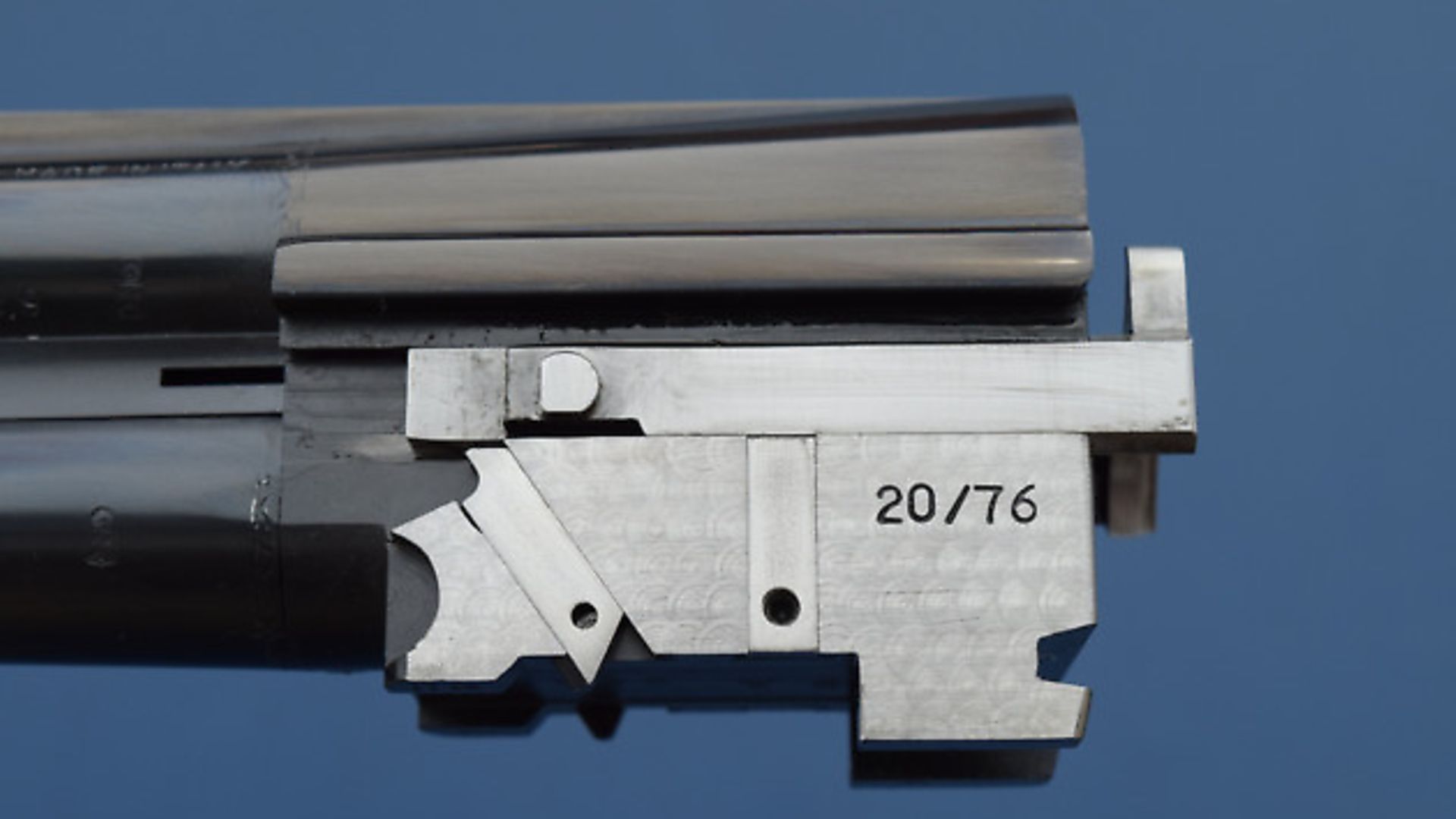 credit: Archant
credit: Archant
We like
n The semi-pistol grip
n The quality of finish
n The design and specification
We don’t like
n The gold birds (but we could learn to live with them!)
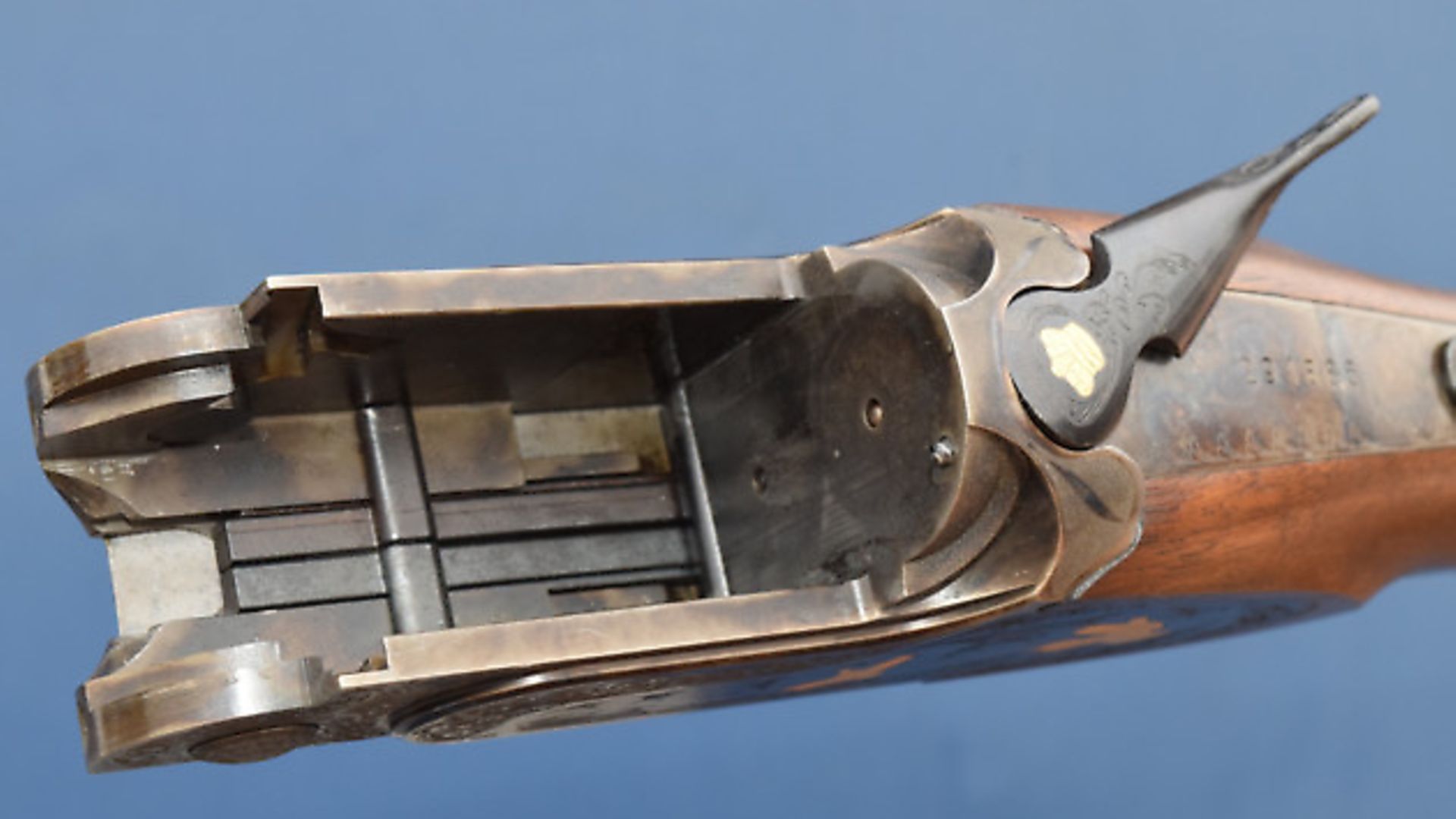 credit: Archant
credit: Archant
Shooting impressions.
Light but not too lively! I shot the Prestige on both skeet and sporting layouts. It was quick onto the birds, but the 30” barrels and great grip shape ensure control. Recoil was acceptable, perhaps a little less than expected. This would make an excellent tool for any game shot and it would suit walking up as well as driven shooting. It would do good service in a pigeon hide, and it is great fun on clays too. It would be great for older shots or female/young shots with stock modifications as discussed. As for clay shooting, I cannot say a 20-bore is going to put your scores up, but it is likely to give you a great deal of satisfaction and provides an excellent excuse! Nevertheless, you will be surprised at just how effective a 20-bore can be at range, provided you have the skill to point it in the right direction!
My thanks to Neville Chapman and to Lyalvale Express for supplying the cartridges used in this test.
 credit: Archant
credit: Archant
This month’s test gun is a Lincoln Jubilee Prestige in 30” 20-bore form. As the name suggests, it’s a deluxe model. It carries embellished side plates, upgraded wood and is one of an extensive range of Lincolns manufactured by Fabbrica Armi Isidoro Rizzini (FAIR) for John Rothery of Waterlooville, Hampshire. The Rothery catalogue lists no less than eight Lincoln models – everything from plain Jane grade to the Prestige (and there is a camouflaged 3½” chambered gun for the wildfowlers, too). The guns are available in a variety of different bore sizes and built on four different action bodies: 20, as tested here, plus 12, 16, and 28/.410.
This Prestige caught my eye in the shop of Neville Chapman at Marks Tay in Essex. It has pleasant decoration and excellent stock shapes. The specification includes multi-chokes, a vented sighting rib, and a single selective trigger. I particularly liked the semi-pistol grip – a near ideal shape when put into the hand. The RRP is £1,898, but Neville has it up at a reasonable £1,750 – not a king’s ransom for such a well-specified new gun.
I have a particular soft spot for machine-made, 20-bore, 30” over-and-unders like this for game shooting. They handle like vastly more expensive 12-bore side-by-side best 28” guns. They weigh about the same – this one hits the scales at around the 6½lb mark – and have the advantage of ‘pointability’. Thirty-inch 20- and 28-bores especially suit the action type used here, which might be best described as a Gardonne Anson & Deeley. Half a dozen or more makers in Gardonne, some of them Rizzinis, use it. The well-proven pattern combines Beretta-style hinging with a Browning-like bolting arrangement. It is particularly well proportioned in 20-bore (but a little tall when applied to a 12). Ergonomically, the design and proportions of the action in 20-bore allows for near-ideal spacing of the top and bottom tangs, thus forming the ideal basis for a good, even grip.
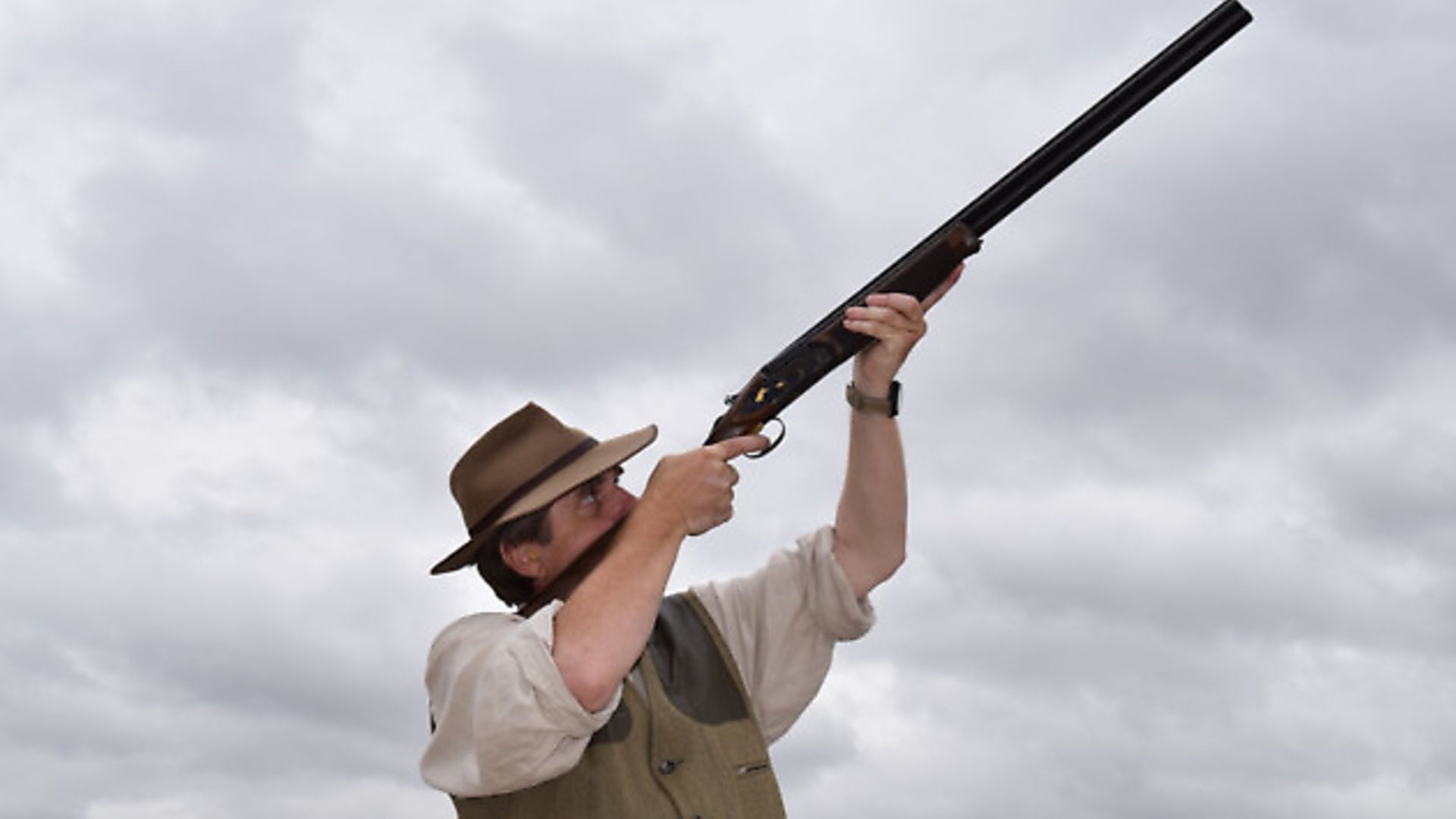 credit: Archant
credit: Archant
The Prestige’s neat action is colour case hardened (though, this may have been achieved chemically rather than by the traditional bone meal method) and looks most attractive with its tasteful game scene engraving. The wood has a nice figure, too. Bluing is deep and lustrous. Wood-to-metal fit is excellent. The gun looks quite dainty, but businesslike. It is primarily intended as a game gun but would also suit anyone with the need for a lighter than average gun. It would, for example, be ideal for ladies (provided the comb was raised or built up a bit).
The gun has the style and character of an Italian over-and-under with a few refinements that make it stand out from the Euro pack. I have watched this style of gun gradually improve over the years. CNC means the mechanics and fit of parts are better than they were previously. Lasers have improved decoration and chequering. But the things that really make this gun, and similar ones (which tend to be more expensive), are the 30” barrels and the functionally efficient stock shapes.
The barrels of the Prestige are built on the monobloc system, as with most modern over-and-unders (and there is nothing wrong with that). Both the internal and external finish of the barrels is good. The forcing cones are fairly short and the chambers and bores are chromed. The barrels have multi-chokes, solid joining ribs and a neat, narrow (6mm) sighting rib. The latter, as mentioned, is ventilated on the test gun and is equipped with a traditional brass bead (just what you want on a game gun because it’s tough).
The action of the test gun is of very familiar pattern, as discussed. It has split stud-type hinge pins. Coil springs are used to power the tumblers. The single trigger mechanism is of the inertia type, and a selector is placed on top of the conventional thumb-operated top strap safety (which is automatic). Trigger pulls on this gun were pretty good, again better than on some guns in this price category. I also liked the shape of the trigger, and the matt gold plating was inoffensive, though my preference is plain steel.
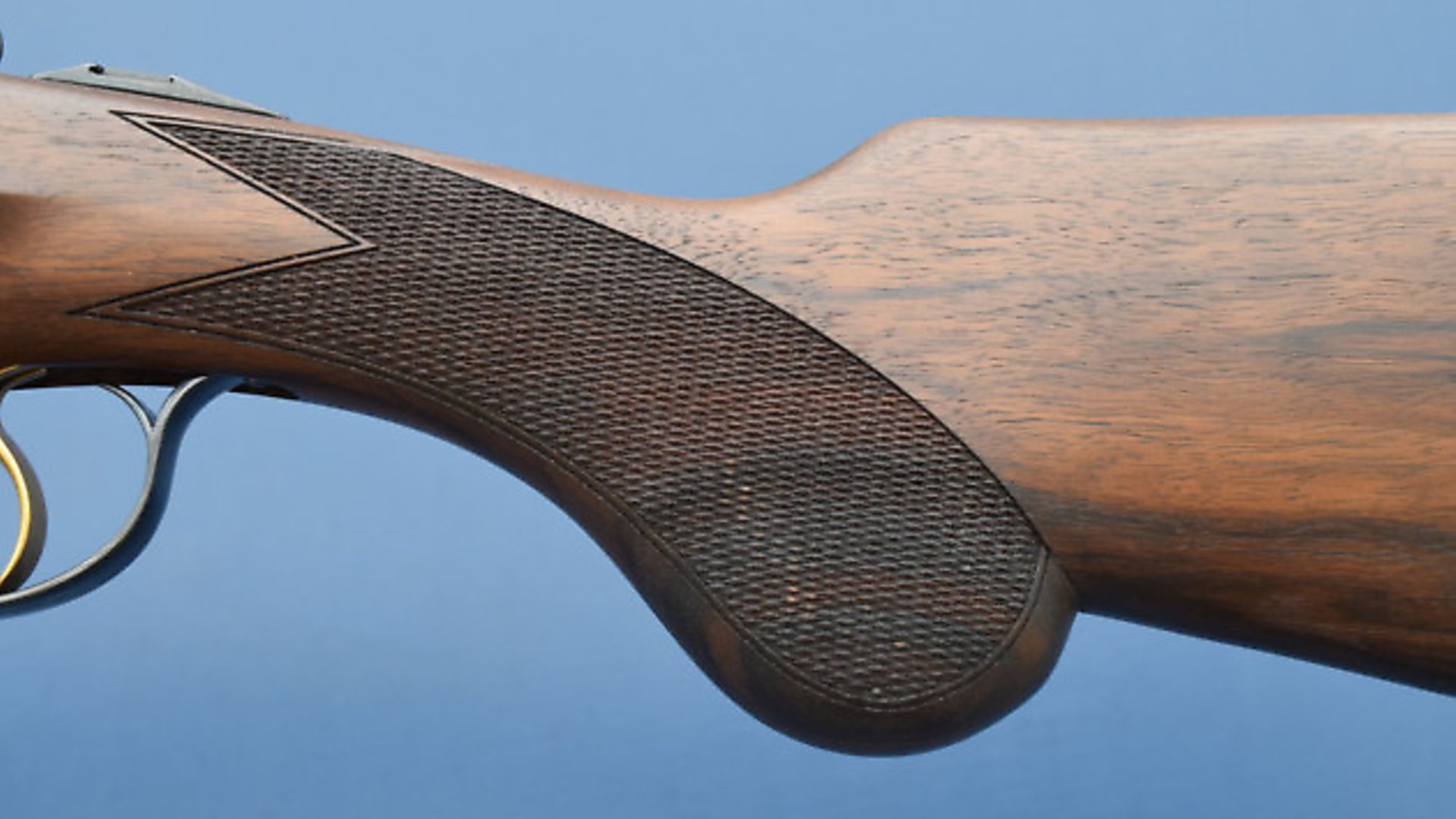 credit: Archant
credit: Archant
The action of the Prestige looks fine, though in my opinion, the combination of colour case hardening and medium scroll would look even better. I am not really a fan of game scenes and gold unless they are outstanding. That said, the Prestige scores fairly high in the aesthetics department and ticks all mechanical boxes.
The dedicated action has a hinging system much like a Beretta or Perazzi (with studs at knuckle, sitting in corresponding recesses in bifurcated lumps). The bolting system, however, involves a full-width bolt coming out of the bottom of the action face and engaging bites beneath the bottom chamber mouth.
The well-proportioned stock on the Prestige is made from walnut that shows reasonable figure. Apart from the excellent half-pistol grip, there is a nicely shaped, thin-ish comb well suited to a game gun. The length of pull is 14½” and the drop was ideal, with an industry standard 13/8” at the front of the comb and 21/8” to the rear. If the gun was bought by a woman, the stock might be bent up or a piece of wood could be added to the comb. (The distance from the underside of the cheekbone to the centre of the eye orbit is smaller on women and youngsters; they usually need a significantly higher comb to get the eye properly in line with the rib.)
The schnabel fore-end is a reasonable shape, though it might be improved in my opinion by dispensing with the lip and going for an ‘American’ rounded design. The release catch at the front (the front part of a projecting rod) was a bit thin for easy use. It could do with a cap to make it more functional, but that is really the only criticism I have. Generally, the gun scores highly at its price point.
Fit and finish are good, the design is fundamentally sound, and the specification (barrel length, stock configuration and dimensions) could not be easily improved upon. Both butt and fore-end are oil finished too, as most of us prefer.
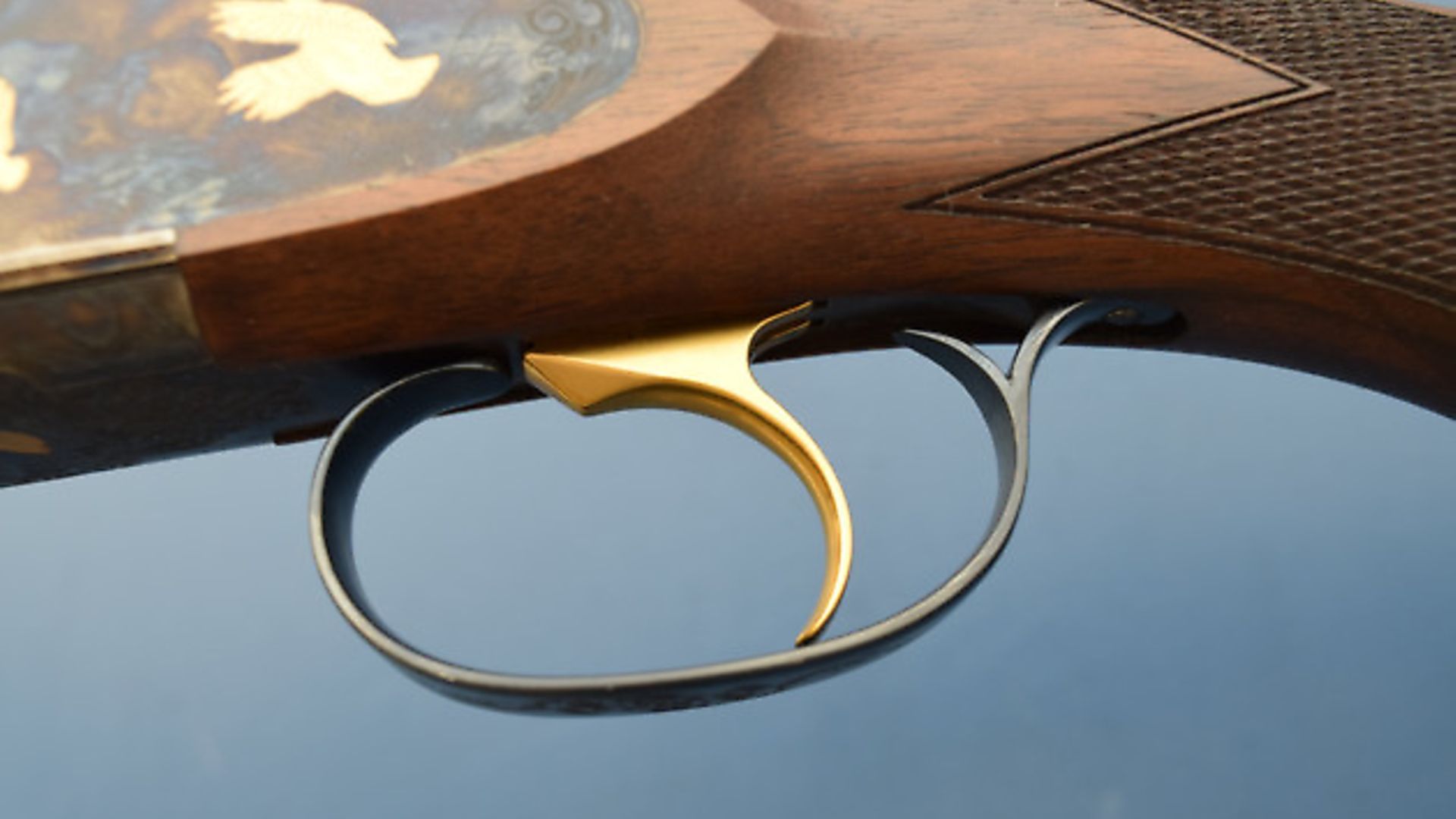 credit: Archant
credit: Archant
 credit: Archant
credit: Archant
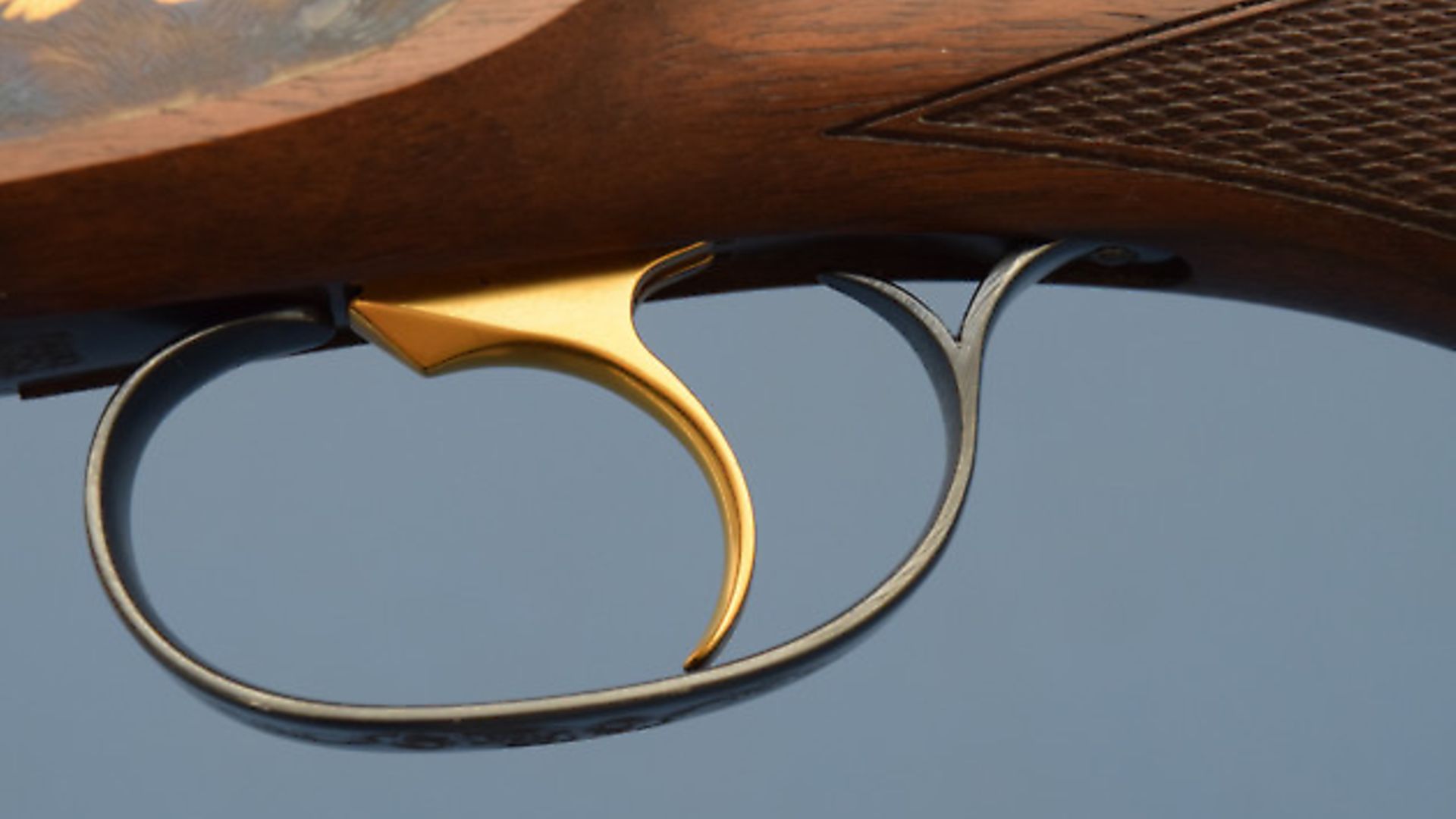 credit: Archant
credit: Archant
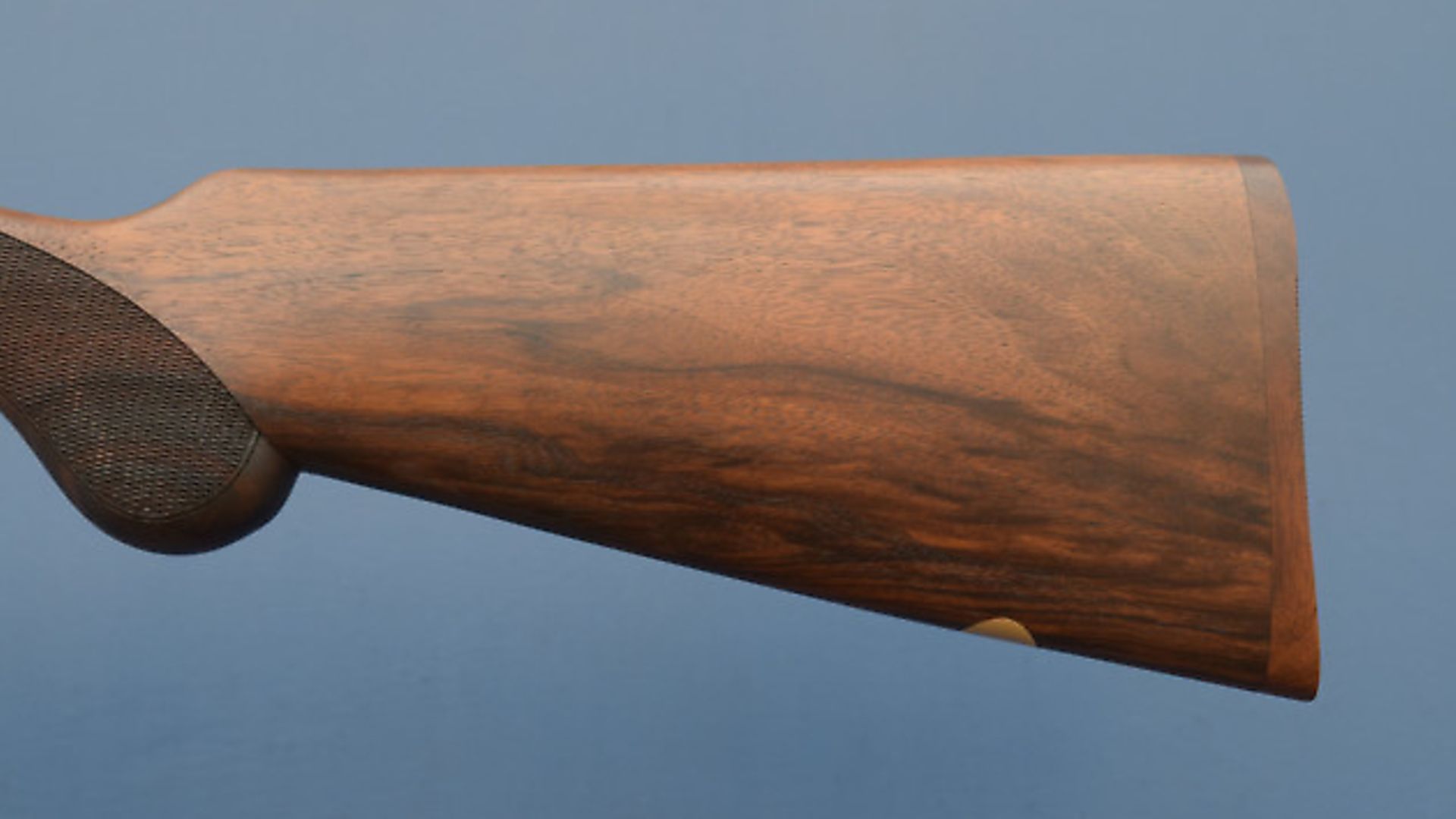 credit: Archant
credit: Archant
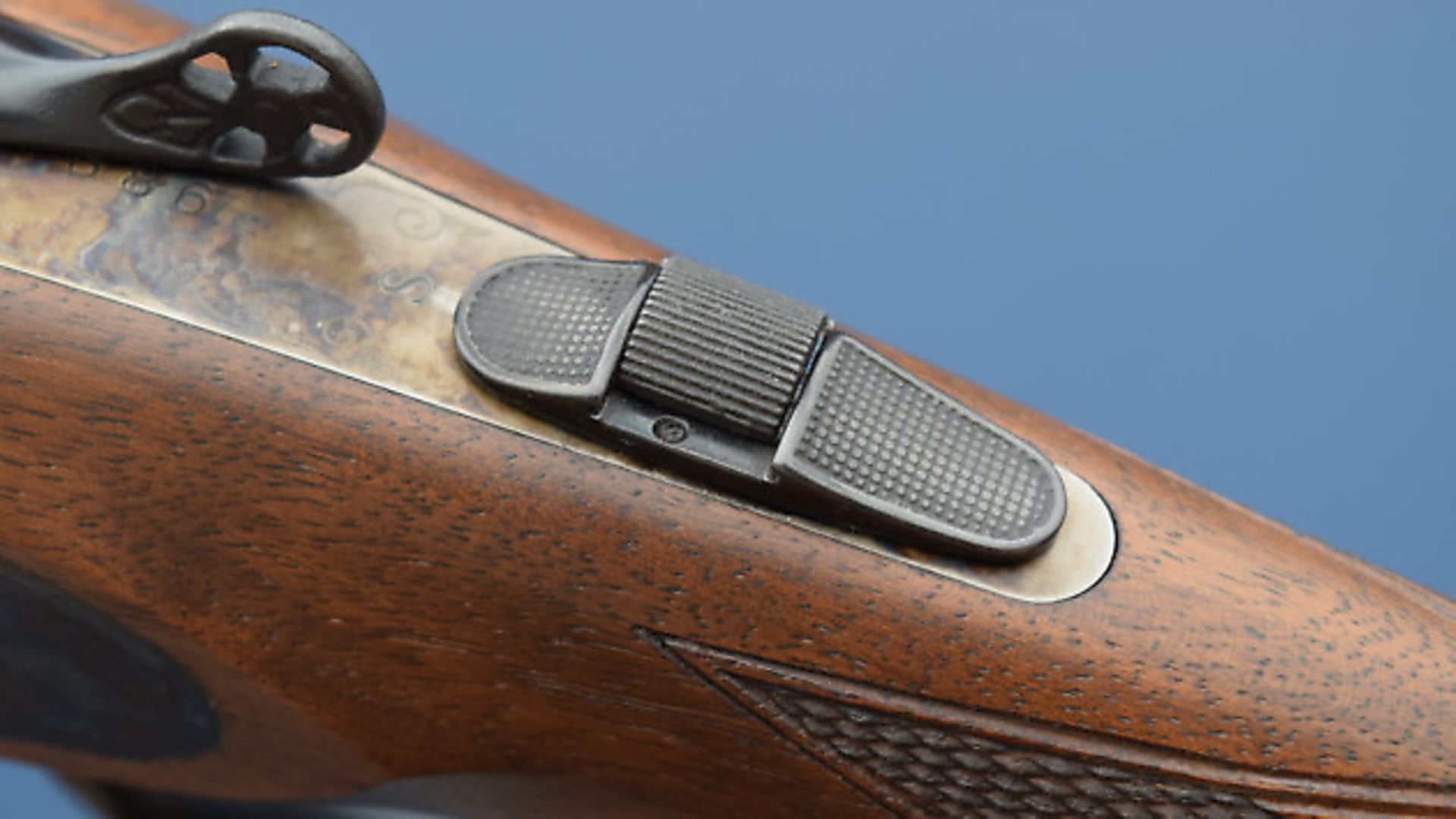 credit: Archant
credit: Archant
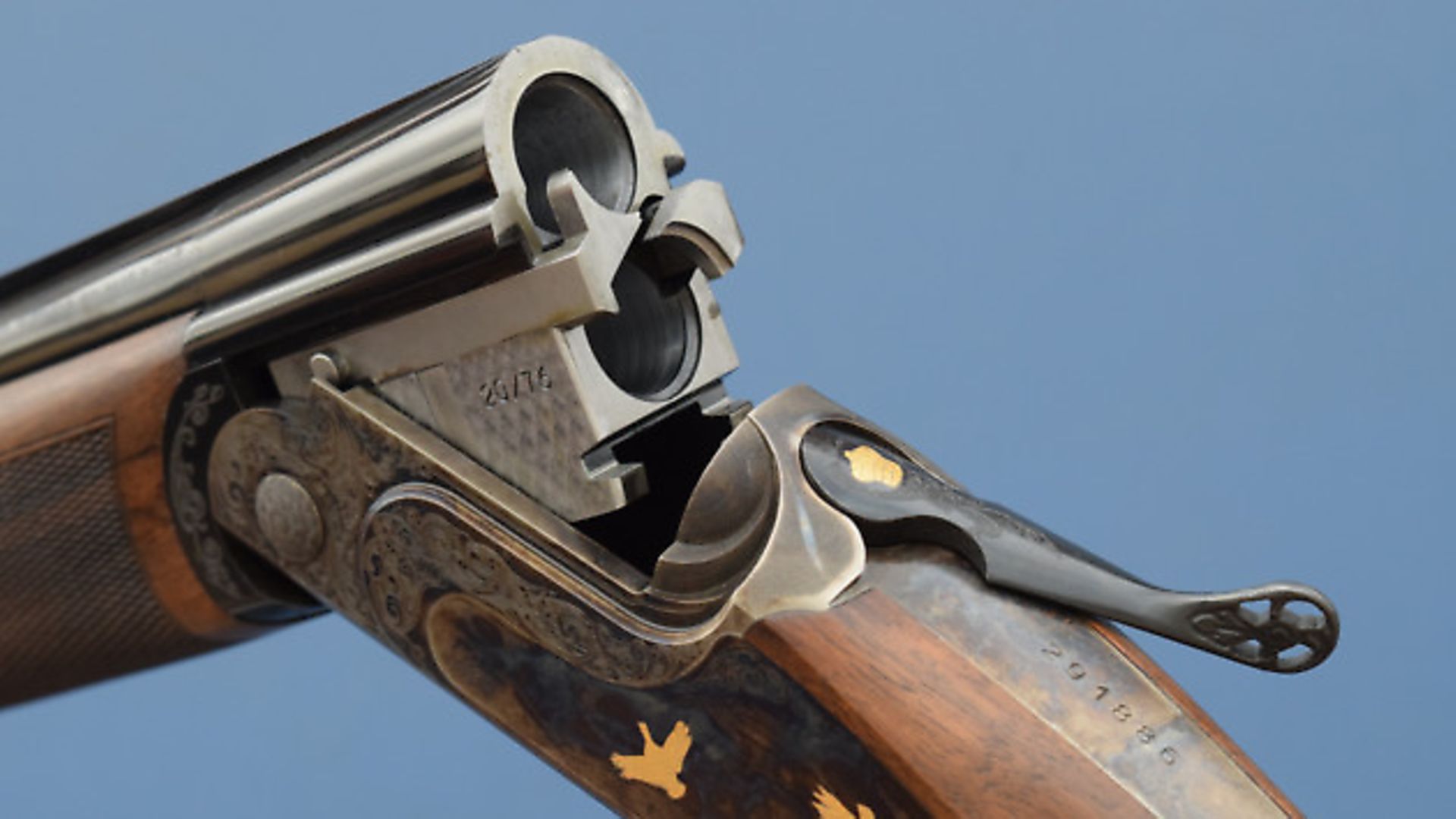 credit: Archant
credit: Archant
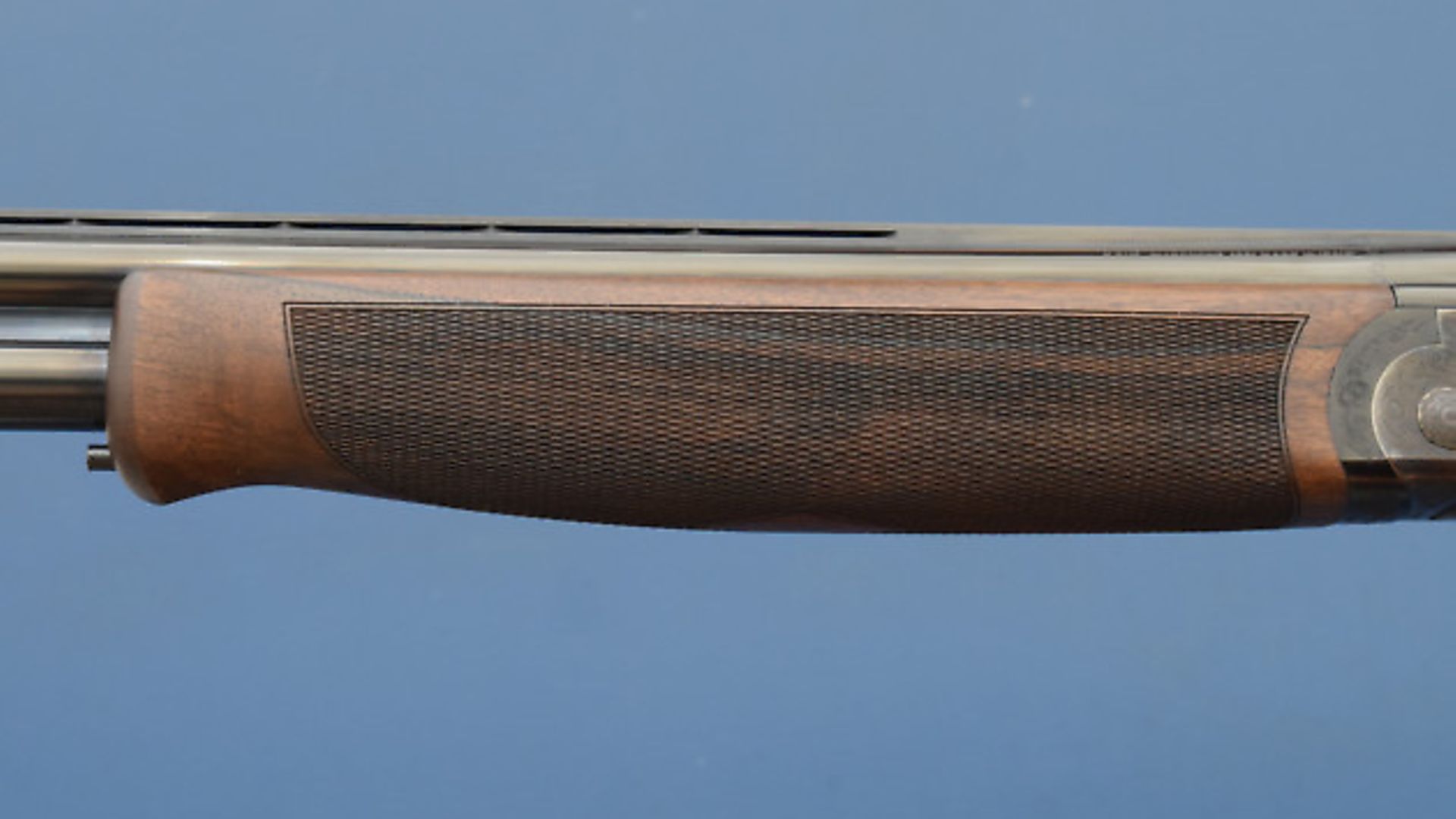 credit: Archant
credit: Archant
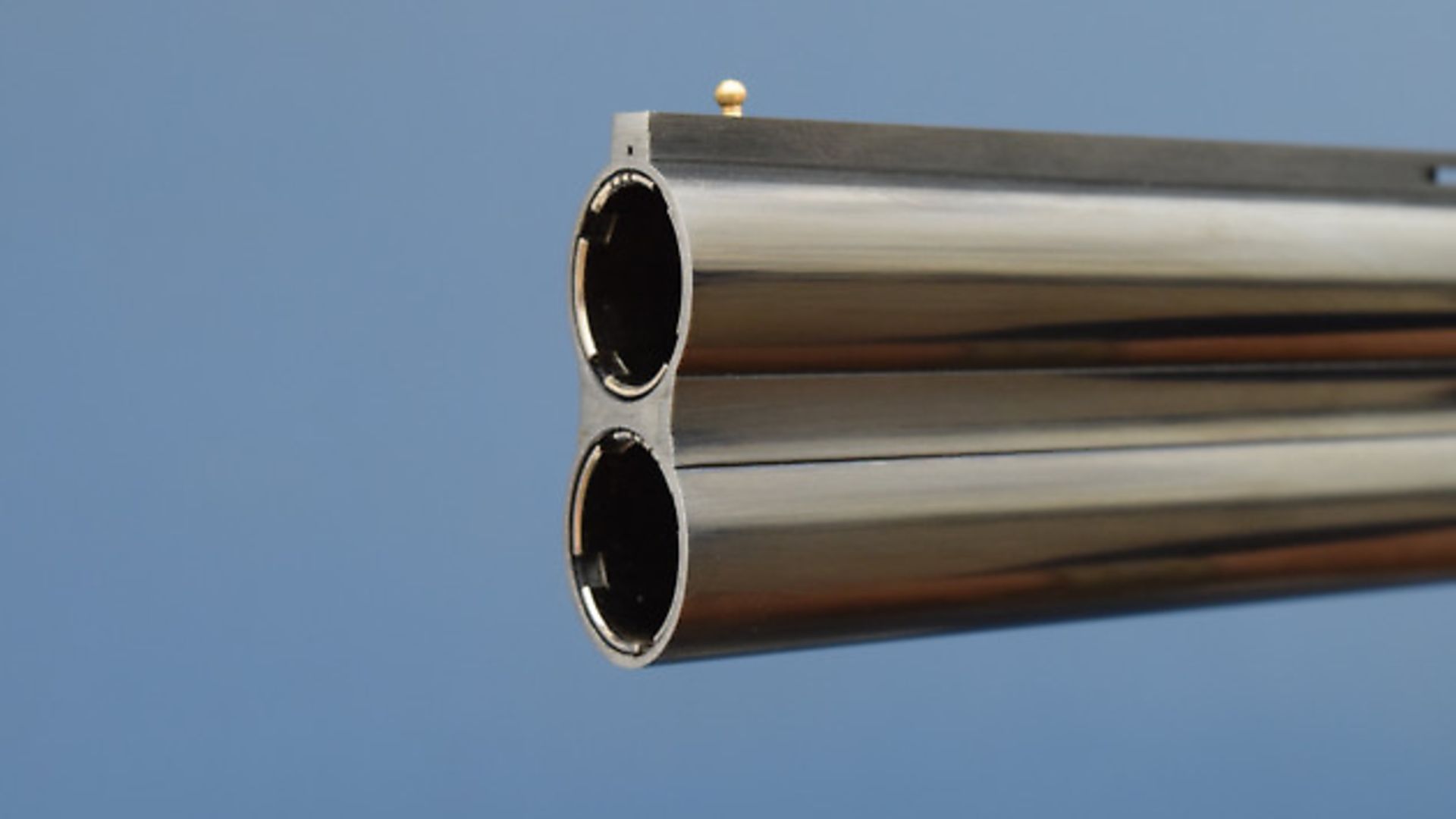 credit: Archant
credit: Archant
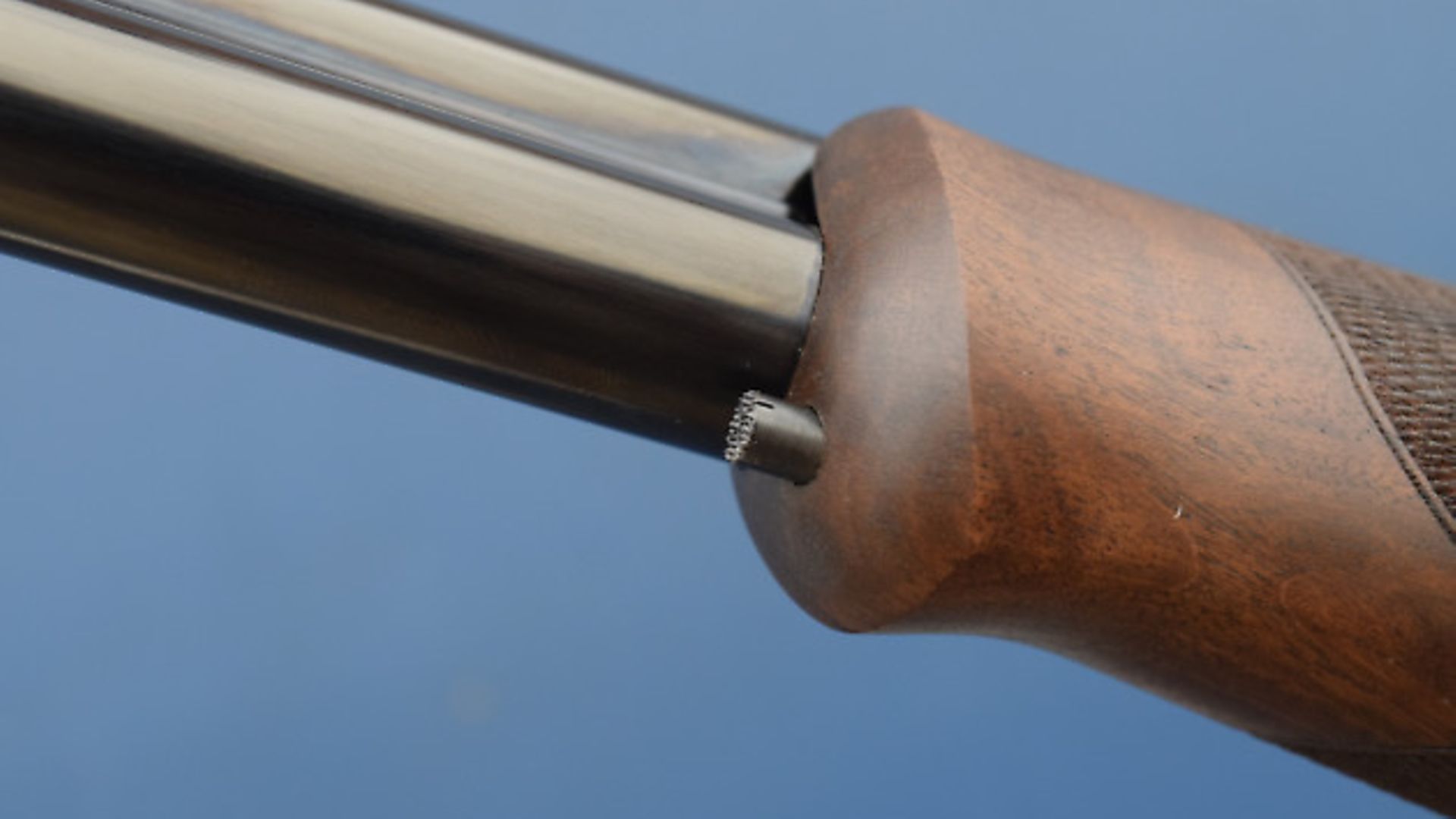 credit: Archant
credit: Archant
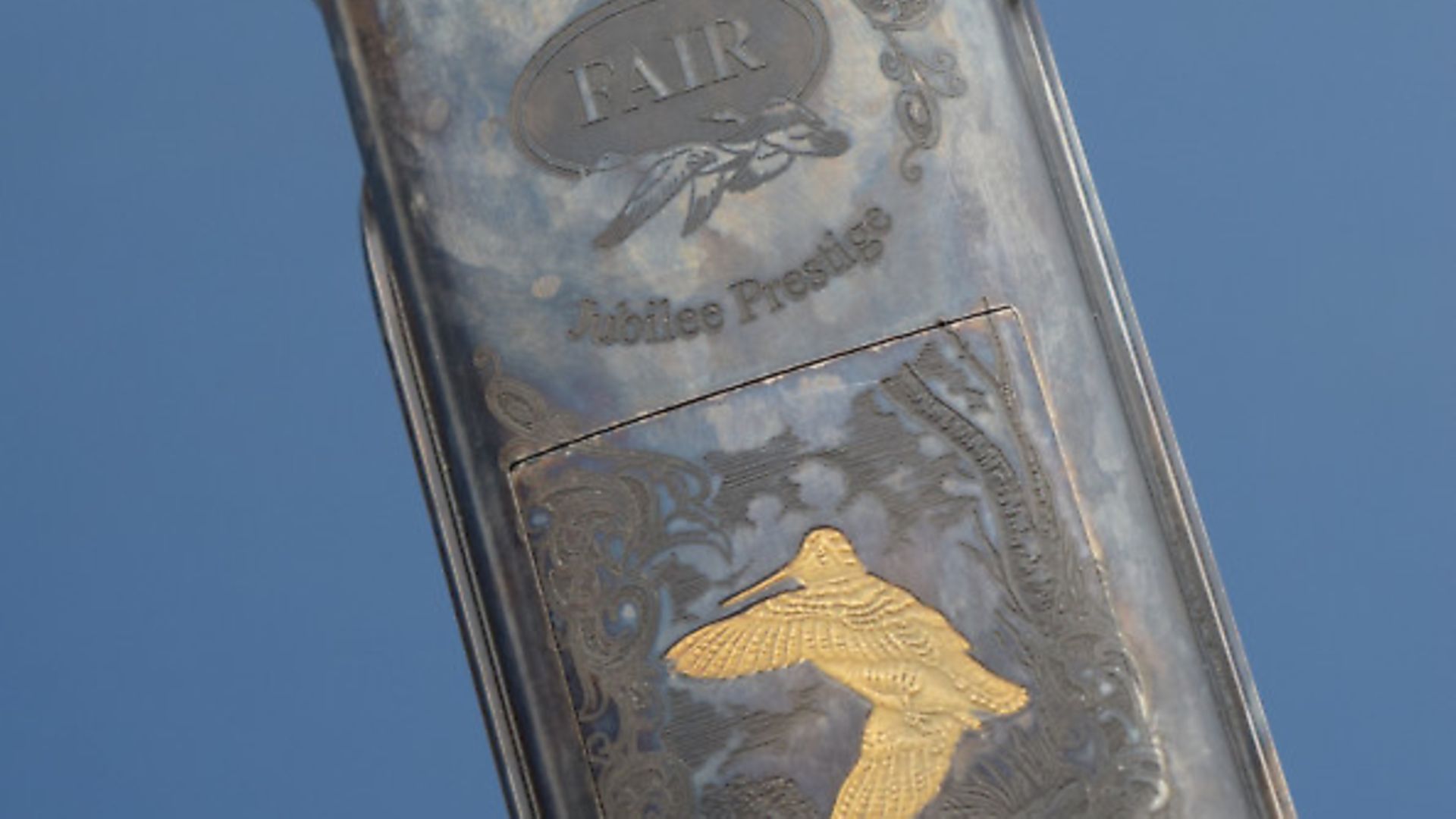 credit: Archant
credit: Archant